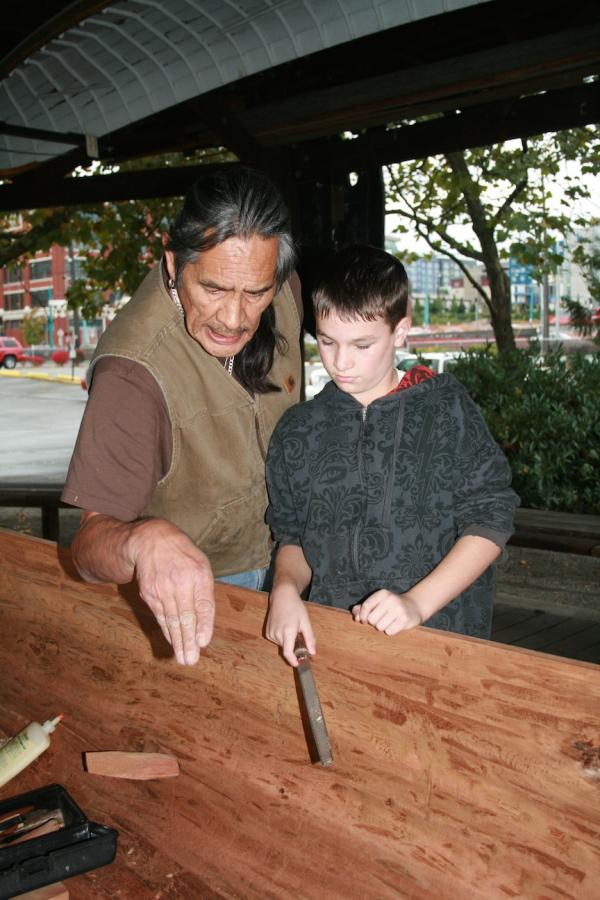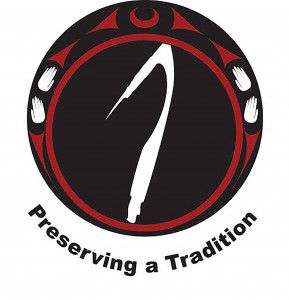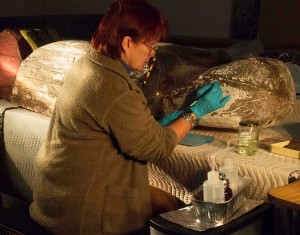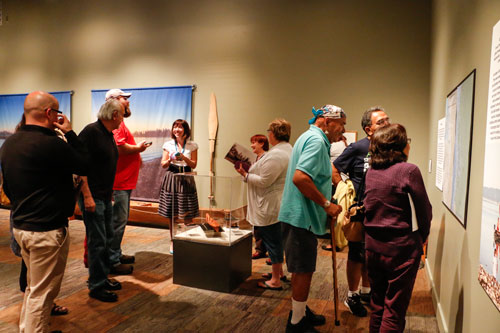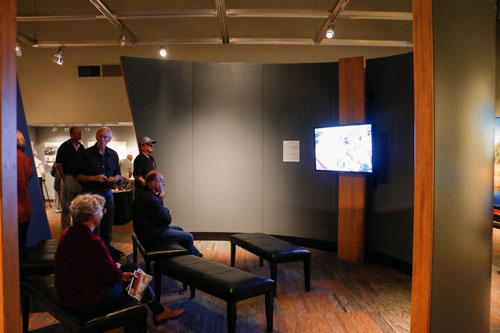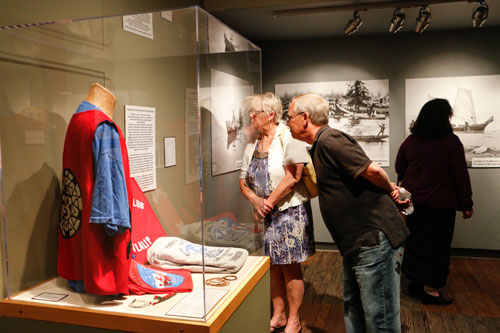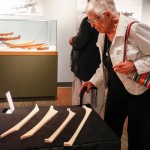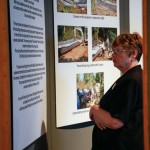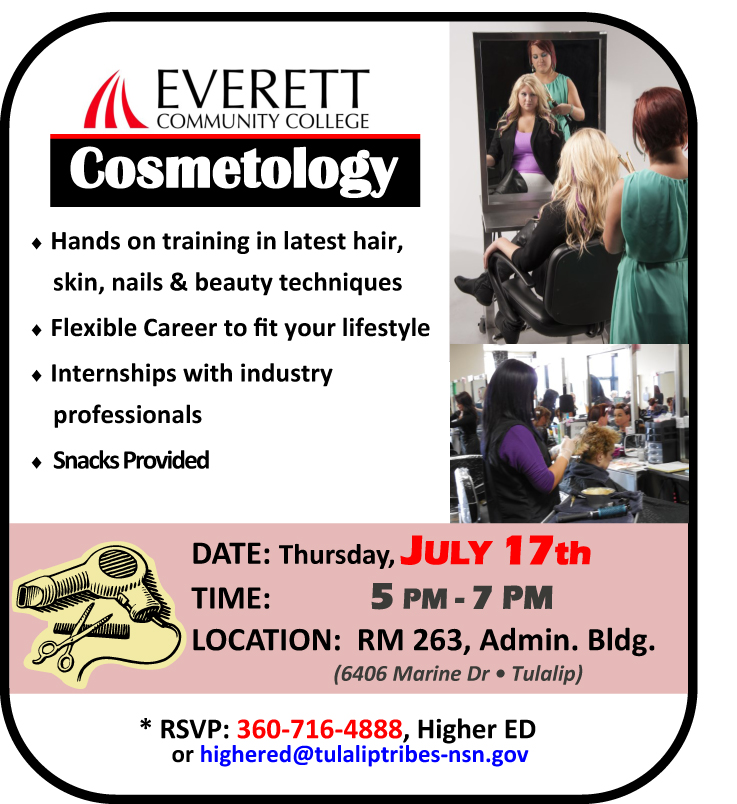By TOM LUTEY, The Billings Gazette
BILLINGS, Mont. (AP) _ Desperate for new teachers, Hays/Lodge Pole School District Superintendent Margaret Campbell has pulled out all the stops: A three-bedroom home to live in for $230 a month, with utilities paid; a $1,000 signing bonus; and even a dollar-for-dollar match for up to $300 on monthly student loan payments.
And still, luring teachers to the school district on the Fort Belknap Indian Reservation in the shadow of the piney Little Rocky Mountains is extremely difficult. Starting pay is about $26,000 a year.
“A lot of people don’t want to live in a remote area,” said Campbell, who this summer is looking to hire three teachers and a principal. “It’s isolated here.”
Isolated, and challenging. In Montana, teachers are in demand, especially those capable of teaching special education, English and math. A report issued each December on teacher shortages listed 1,169 teaching vacancies, including 463 in critical areas like special education, English, math and science. The shortages are worst on American Indian reservations and rural schools on the outskirts of reservations.
American Indians as a whole represent a relatively small 11.8 percent of Montana’s 142,000 K-12 students, but in 40 Montana school districts American Indians make up at least half the student body. Of those districts, 34 did not meet No Child Left Behind standards.
The 20 most needy schools are all located in these areas. The schools are not only remote, but also lead the state in the percentage of students eligible for federally subsidized free and price-reduced school lunches, as well as low student achievement based on No Child Left Behind results.
The economies on reservations are the worst in the state, with double-digit unemployment rates on all but one reservation. On the Crow Reservation, the rate is 25 percent, according to Montana’s Bureau of Labor and Statistics.
Poverty at home and the social problems that come with it make school that much more difficult.
“I think on reservations there are major challenges in terms of poverty and associated issues,” said Madalyn Quinlan, chief of staff for the Montana Office of Public Instruction. “We talk a lot about the trauma the students bring to schools and it also affects teachers.”
Quinlan authors OPI’s annual report on critical teacher shortages. The report helps steer Montana’s Quality Educator Assistance Program, which provides up to four years of direct student loan payment for teachers who meet critical needs. There was money available for 246 teachers in 2014.
Both state and federal governments have tried to sweeten the pot for teachers willing to work in rural American Indian schools, but superintendents like Campbell say not all hurdles can be overcome with incentives.
“If you’re married, whether it’s your wife, or your husband, they need to work. On reservations there are strict hiring preferences for tribal members, Campbell said. “Your spouse is going to have a hard time getting a job.”
There’s also a professional isolation that can be difficult for teachers with a specialized skill, said Dan McGhee, Pryor Public Schools superintendent. Even in rural schools teachers have peers, but they often don’t have colleagues who specialize in the same subjects who can compare notes.
The student population is also fairly transitory: A significant number of students move in and out of Pryor School during the academic year, which makes teaching difficult. Teachers new to the school have to be ready for that challenge.
“The eight kids you start with in third grade you might wind up with five of the same kids at the end of the year,” McGhee said. The three kids who leave are more often than not replaced by three newcomers. The situation can be incredibly challenging for teachers trying to keep everyone up to speed with the curriculum.
Starting pay for a new teacher is just over $29,000 a year. That’s not a lot of money, McGhee said. Pryor has been offering $2,000 bonuses to non-tenured faculty, but the money came from a state program that is expiring.
McGhee said he would like to offer his teachers more pay, but school funding is pretty tight on reservations, where much of the property is owned by tribal government and tax exempt.
Schools receive Federal Impact Aid money to compensate for tax-exempt property. The money is similar to payments in lieu of taxes given to Montana counties with significant areas of tax-exempt federal land.
But federal budget cuts have reduced the amount of Impact Aid for schools by 10 percent, McGhee said. For school districts on Montana reservations, the cut means six-figure losses in funding and a much more difficult task of hiring teachers.
Ideally, the new teachers in the classroom would be American Indian.
In 2012, Montana State University and Little Big Horn College partnered to help American Indians receive master’s degrees in school administration. The goal is to boost achievement in underperforming schools.
Earlier in June, Sen. John Walsh, D-Mont., introduced a bill to completely forgive student loans for American Indian teachers who were teaching in schools with a percentage of American Indian students.
The bill was proposed to Walsh by tribal leaders concerned about the need for more American Indian teachers. The loans would be forgiven up to $17,500, provided American Indian teachers were in schools with at least 10 Indian students or not less than 25 percent of the total number of individuals enrolled in the school.




